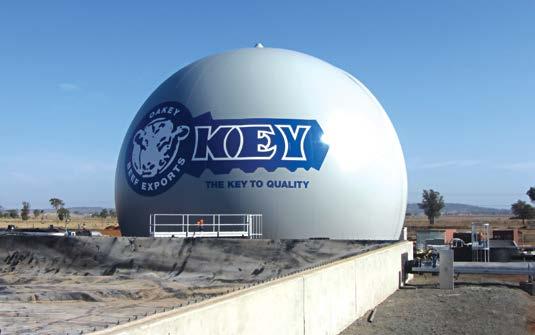WATER AND WASTEWATER
Steps to follow for a hygienic and safe potable water installation Press-fit pipe connection systems specialists SANHA highlight some of the issues surrounding lead and other contaminates in potable water supply pipes in buildings and residences. Water is the most important foodstuff of all and is generally protected: It must be hygienically impeccable and without any harmful effects on health. Therefore, adverse effects of all sorts and particularly its contamination with lead must be avoided. The hygiene of potable water and its compliance with generally prescribed limits are sensitive and complex issues that must be taken into account in construction projects. In order to achieve a satisfactory and reliable result, it is necessary to set the course already during the planning phase. This is because the contractor, or the building owner and planner will bear the responsibility and can be called to account if problems or hazards arise. There are many reasons that can lead to quality losses, including the type of pipeline installation, the use of unsuitable materials, stagnation in less or unused pipeline sections, or inadmissible heating. By neglecting these factors in a potable water installation may lead to the growth of bacteria that may cause infections. A key point is the lead content of the water - in this case it is important to look closely at the limit value. The following data on potable water quality contributes to the achievement of a high-quality facility designed for safety and sustainability. After all, it must meet the functional requirements for a calculated service life of 50 years. 18
Waste + Water Management Australia | March/April 2020
IT MAY BE NEW, BUT IS IT LEAD-FREE? Newly constructed buildings may easily give the impression that the systems installed for drinking water are lead-free. According to leading press-fit pipe connection systems specialists SANHA, that's simply not the case. It is known that too much lead leads to health hazards, especially in unborn children, infants, and toddlers. In order to guarantee the quality of potable water, the lead content has therefore been limited to 0.01 mg/l by the Drinking Water Directive. Half of this quantity - i.e. a maximum of 0.005 mg/l - may be discharged by the water supplier. The second part could be entered by the domestic installation in purely mathematical terms. The limit value of 0.01 mg/l thus refers to the sum of the total lead input. This contribution is non negligible: all components in contact with water after transfer to the building - from fittings and pipe connections to water meters, as well as the composition of the water can affect the lead content. The United Kingdom of Great Britain and Northern Ireland, France, the Netherlands and Germany have agreed in 2011 to harmonise the tests for the hygienic suitability of products and materials in contact with drinking water. This 4MS cooperation is now called the "4MS Initiative" (4MSI) with a view to expansion. The metallic materials on the 4MSI list form the basis for the products that will eventually be installed in buildings. According to the current status, the acceptable list also includes materials
that contain a minimum amount of lead, for example as an alloy component or as an unavoidably accompanying element.
DRASTIC CONSEQUENCES This results in the following: even if only products manufactured from the approved materials are installed, the limit value of 0.01 mg/l may still be exceeded. This could be due to the sum of the installed components, for example. In such a case, the water must no longer be used for drinking and food preparation and the search for the causes and the remedy will then follow - a complex and possibly costly process.










